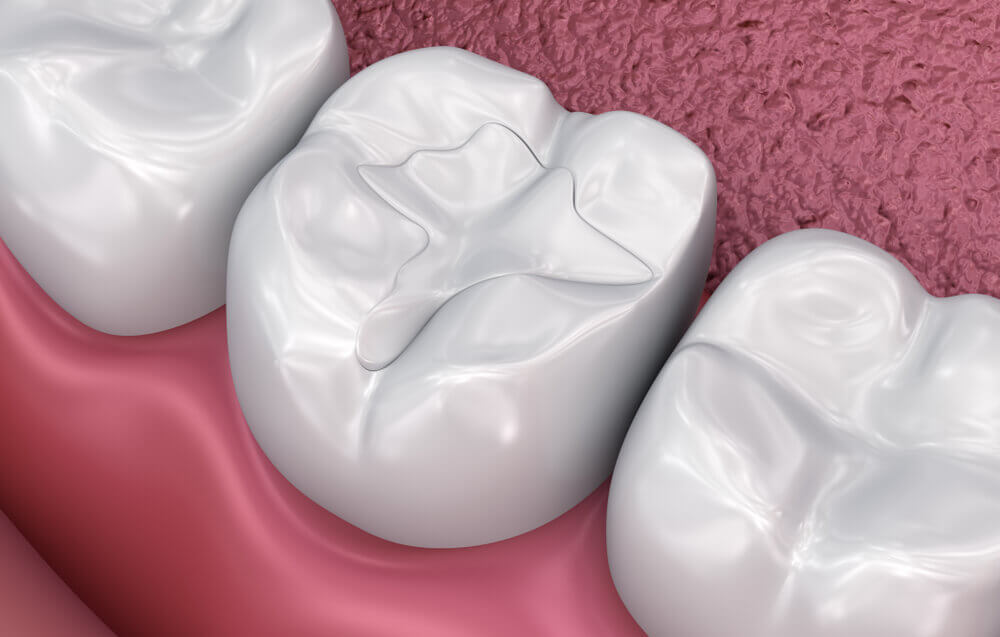
Tooth Filling Options
Oral cavities are a major letdown as they ruin the appearance of the smile and also lead to immense pain. It is best to get such teeth restored at the earliest to prevent further complications such as gum diseases, root canal infection, halitosis, etc. This is why we offer the option of restoring cavity-infected teeth using filling materials.
What is a dental filling?
A dental filling is a material that is applied to a cavity to fill it and get rid of the infection causing bacteria. With its help, a decayed tooth can be brought back to its original contour, functionality, and appearance. Before a filling is applied, the cavity will be cleaned and disinfected, thereby halting the spread of the cavity.
What are the different filling materials?
Fillings have been around for a long time now, which is why several options for filling cavities are available. Some of the most prominent ones are as follows:
Amalgam fillings: Amalgam fillings are a mixture of mercury and other compatible metals. They offer amazing sealing properties and prevent the entry of oral bacteria into the area of decay. However, their appearance doesn’t blend in with that of the natural tooth enamel and stands out as a shiny surface. Also, the risk of enduring a toxic infection due to mercury’s nature is high.
- Composite fillings: Composite fillings are resinous in nature and can be made to closely match the color of the enamel. They are applied to the cavity, shaped according to the contour of the tooth and are hardened using a curing light.
Tooth-colored ceramic fillings: Ceramic fillings are probably the best type of fillings as they are more resistant to staining and wear. They do not discolor too easily and usually last for upwards of 10 years with the proper care.
Inlays and onlays
Sometimes, applying a filling material to a large cavity can become too complicated due to the risk of tooth failure due to fracture. In other cases, the sealing wouldn’t be completed perfectly and could lead to re-infection. In such cases, inlays or onlays may be recommended by the dentist. An inlay is essentially a custom fabricated filling that fits perfectly in the cavity. It offers perfect sealing and restores the tooth to its original condition. An Onlay is a restoration that is used to restore the cusp, or biting surface of a decayed or worn-out tooth.
Why should you choose a filling?
- Fillings perfectly restore the aesthetics of the smile by bringing the teeth back to their original form and shape. No one would know that you have got a filling due to its excellent appearance.
They prevent the spread of the infection to the root canal, gums and other teeth by sealing off the cavity completely.
- They exhibit high durability and usually last for several years with proper care.
How is a filling done?
The dentist would initially screen the tooth to determine the extent of infection. Prior to starting the filling procedure, the cavity has to be disinfected. The decay will be removed and the walls of the cavity will be scrubbed to get rid of the microbes. Once it is disinfected, the filling material will be prepared. It will be made to match the exact color of the tooth, applied on the cavity and shaped accordingly. A special curing light will be used to harden the applied filling. Any adjustments, if required, will be made.






